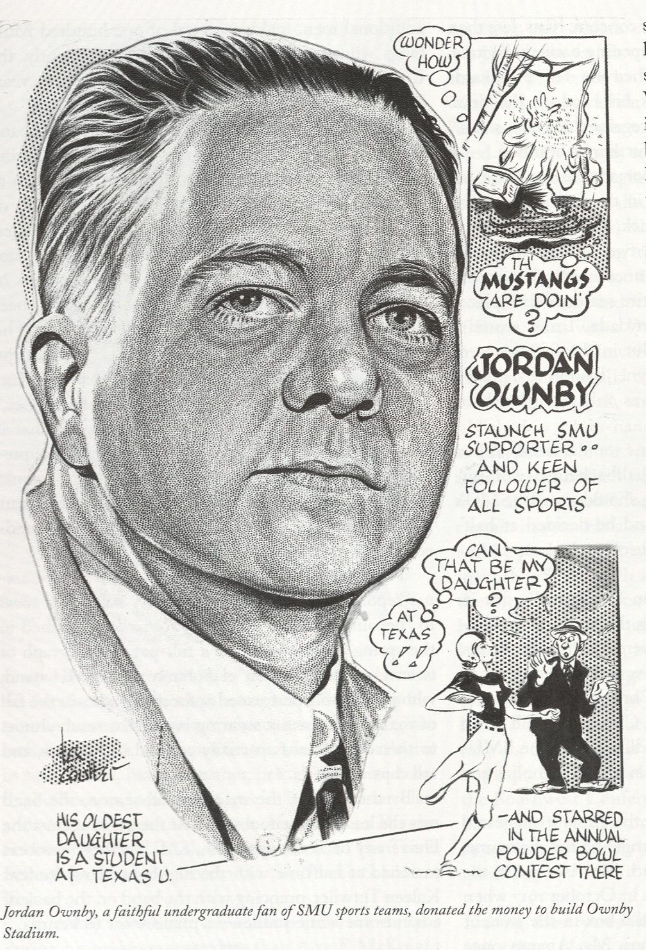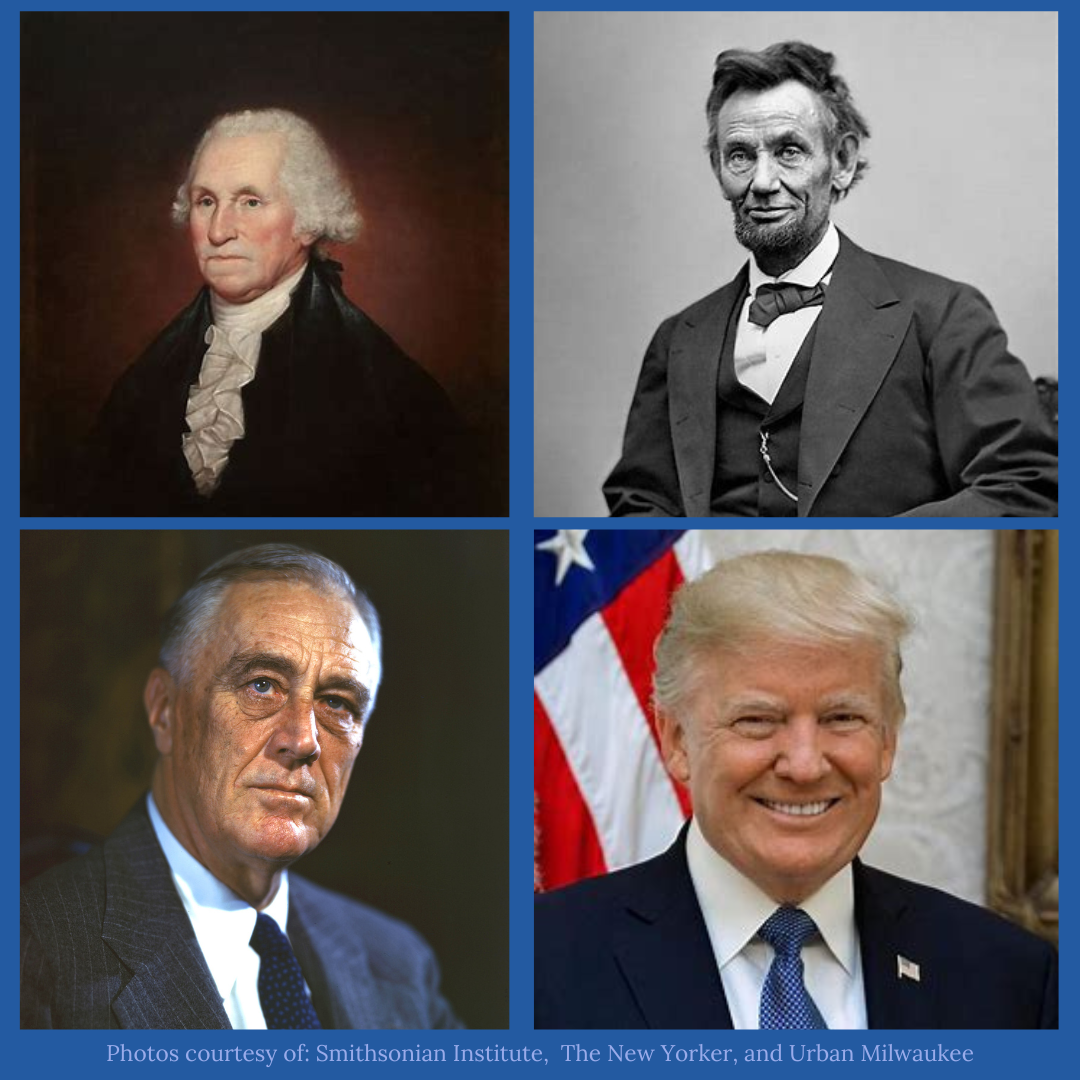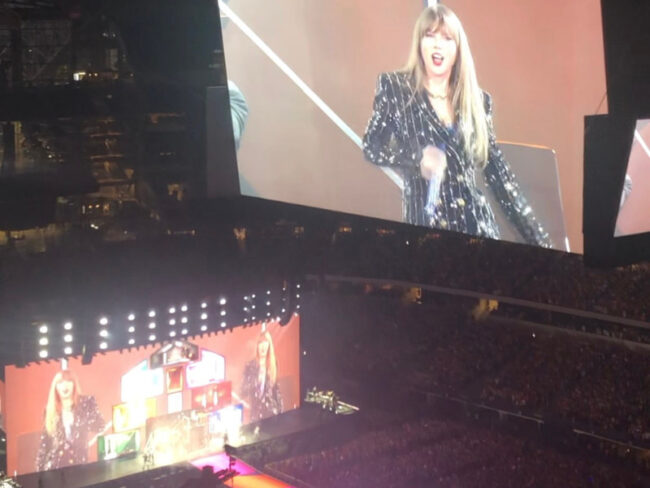Craig Flournoy
Contributing Writer
In September 1955, Mamie Till Bradley approached the courthouse in Sumner, Miss. Two white men faced trial for the murder of her only child, 14-year-old Emmett Till. Prosecutors asked Ms. Bradley to testify because defense attorneys argued the bloated body pulled from the Tallahatchie River was not young Till. Before entering the courthouse, the grieving African-American mother had to navigate a sea of television cameras, microphones and white male reporters.
“How do you think you could possibly be a help to the prosecutors?” asked one.
“Do you have any evidence bearing on this case?” said another.
Ms. Bradley replied, “I do know that this is my son.”
It is difficult to imagine an African-American reporter asking these questions. Or a mother.
We would do well to remember that scene on the 50th anniversary of the assassination of President John F. Kennedy. In 1955 and again in 1963, a multi-racial, mostly-female population got its news from mainstream news organizations dominated by white men. The reporting, like the group, tended to be one-dimensional in the questions asked and stories pursued.
African Americans understood this. Had it not been for black voters in 1960, Kennedy would have lost Illinois, Michigan, South Carolina and the presidency. After two years of inaction, the president had proposed a sweeping civil rights bill. With Kennedy dead and a white Southerner as president, what did the future hold? The black press explored this in great detail as well as the shock of the assassination felt in the black community. White reporters seldom interviewed black Americans in 1963.
Women also had reason to worry about the post-1963 direction of the presidency. Five months before the assassination, Kennedy signed the Equal Pay Act prohibiting discrimination against women in wages. Where did the Johnson administration stand on the question of equal rights for women? Few male reporters asked.
To better understand the disconnect between media and country, spend an hour watching KERA’s “JFK: Breaking the News.” Focusing on media coverage of the assassination and its immediate aftermath, the documentary argues television united the country during those four awful November days and, in the process, displaced newspapers as Americans’ go-to news source.
When crowds are shown, whether it be those standing in the rain when JFK and first lady Jacqueline Kennedy arrive in Fort Worth, Texas or the crush of people outside Parkland Memorial Hospital awaiting word on the President’s condition, viewers see men and women, whites and blacks and Latinos. On the other hand, I did not see a single African-American or Latino reporter. Of the two dozen local reporters shown, all were men save one Mary Woodward, a Dallas Morning News reporter who wrote an eyewitness account of the assassination.
The documentary rightly maintains that covering the assassination was a watershed moment in the careers of many journalists including Peter Jennings, Jim Lehrer, Robert MacNeil, Dan Rather and Bob Schieffer. Each could serve as a role model for an aspiring journalist, all the more so if the viewer was a white male.
Is any of this relevant today? Before answering that question, I suggest going to the newspaperalum website, which tracks the careers of reporters large and small. The man behind the blog is Bill Lucey. In a recent article, “Journalists Recall JFK Assassination 50 Years Later,” Lucey contacted seven of his “favorite journalists” to “share their vivid recollections” of the assassination. All seven are white males including former New York Times columnist Frank Rich and political writer Charlie Cook. At the time of the assassination, Rich was a 14-year-old in middle school and Cook was in the third grade.
Craig Flournoy is an associate professor in the SMU Division of Journalism.














